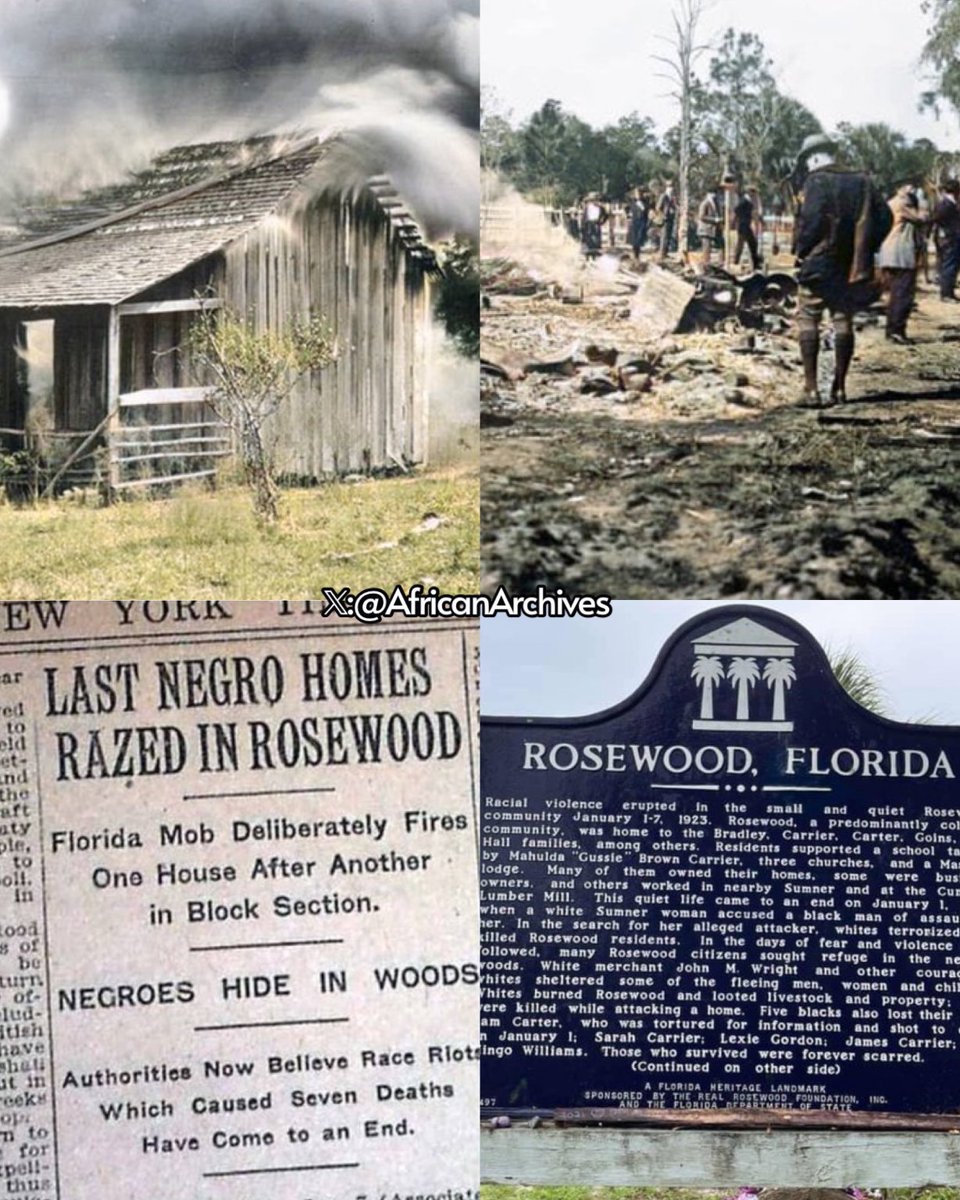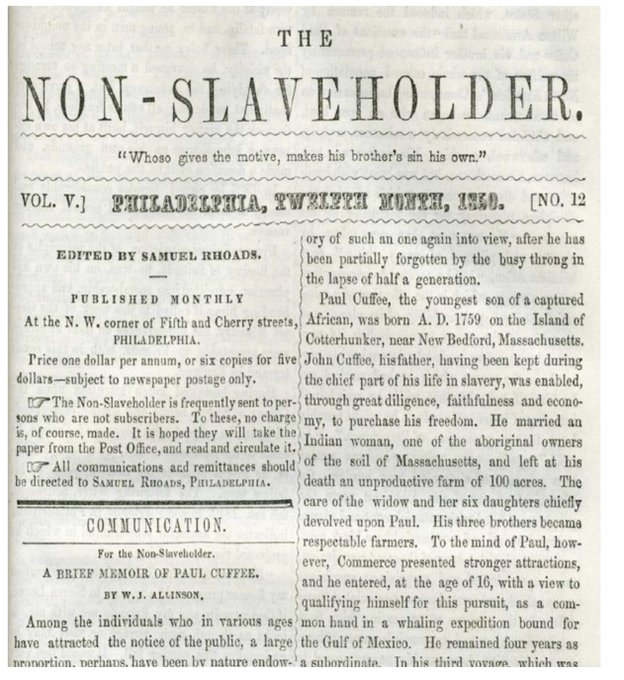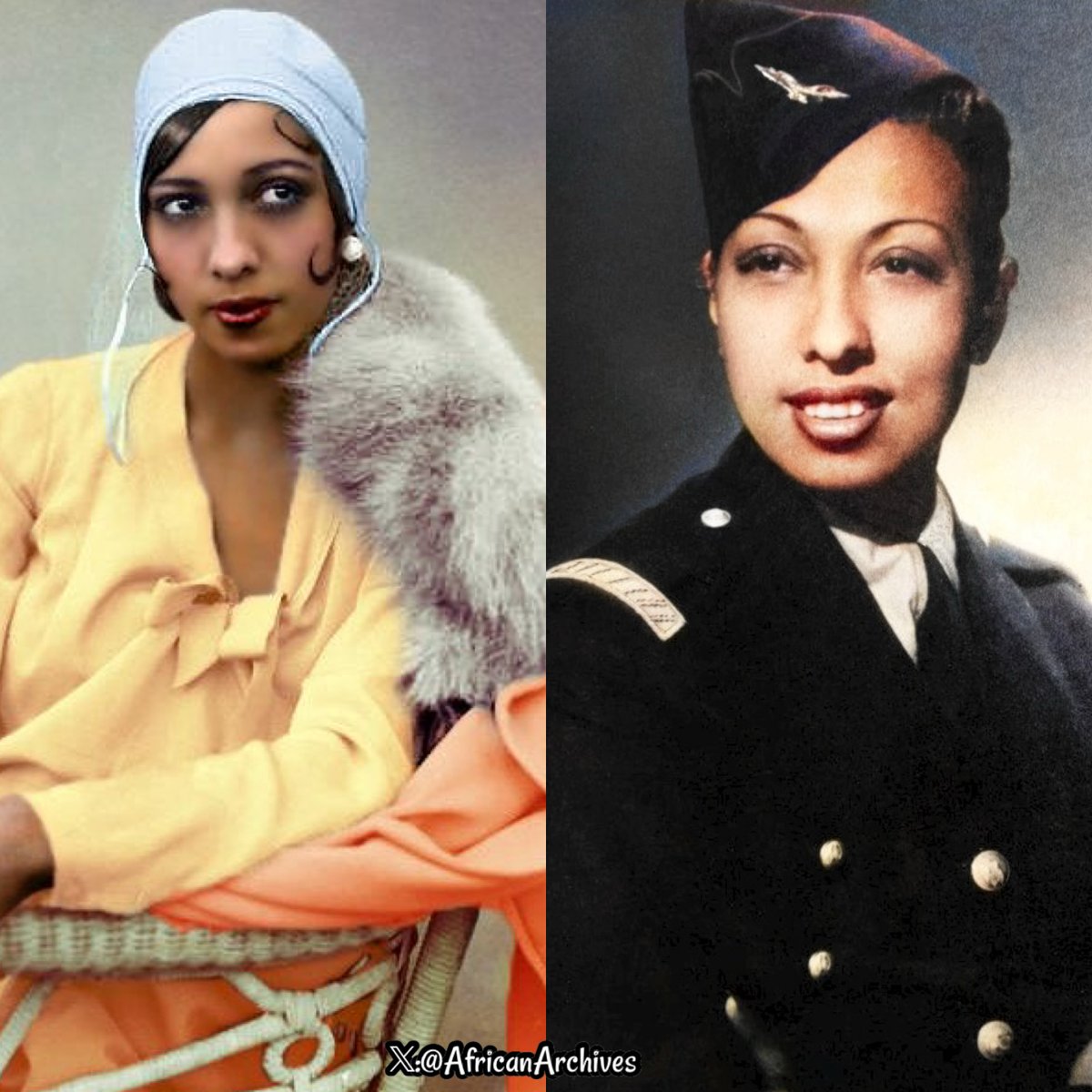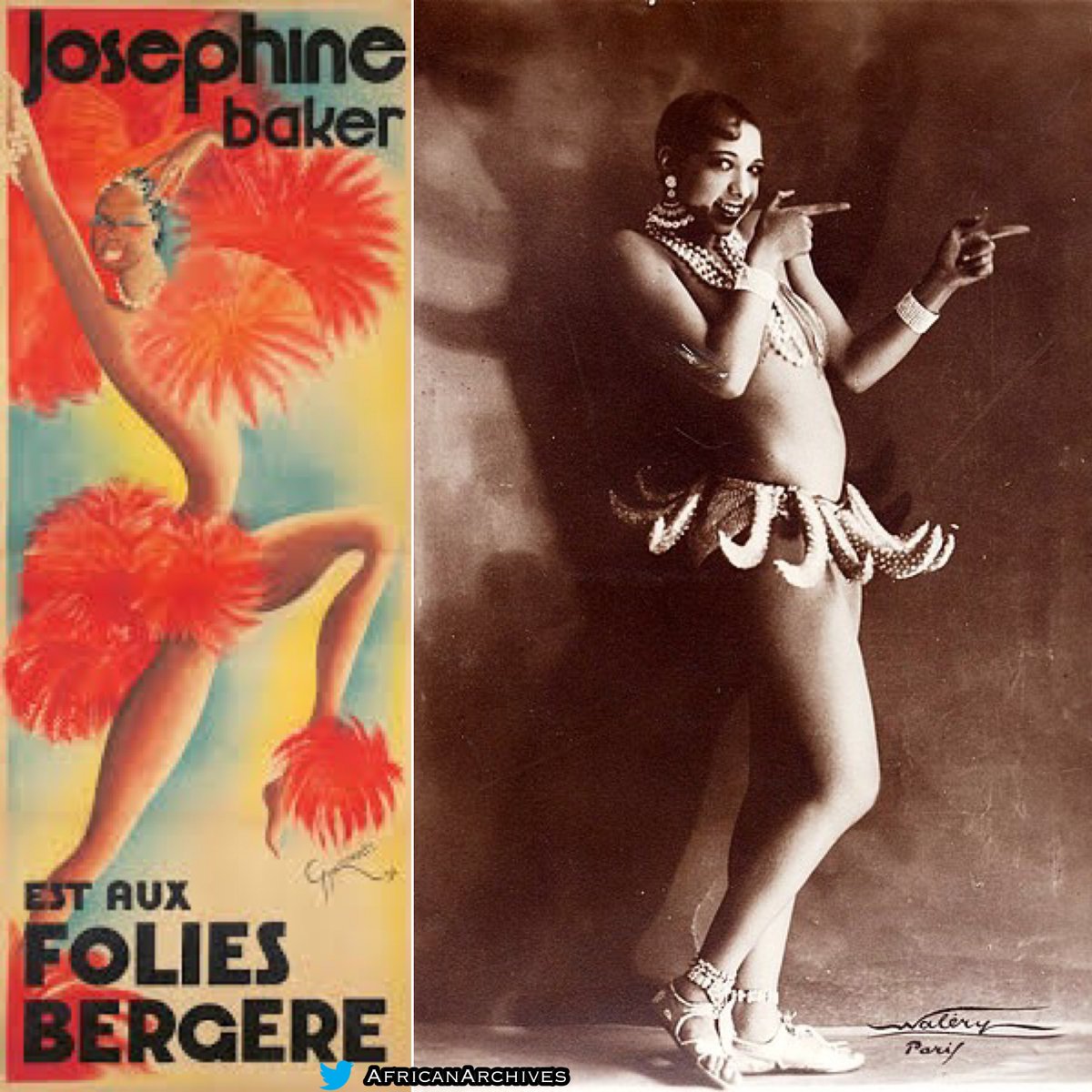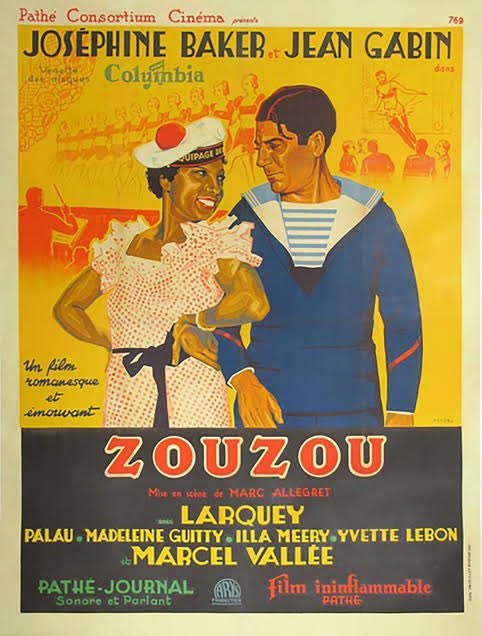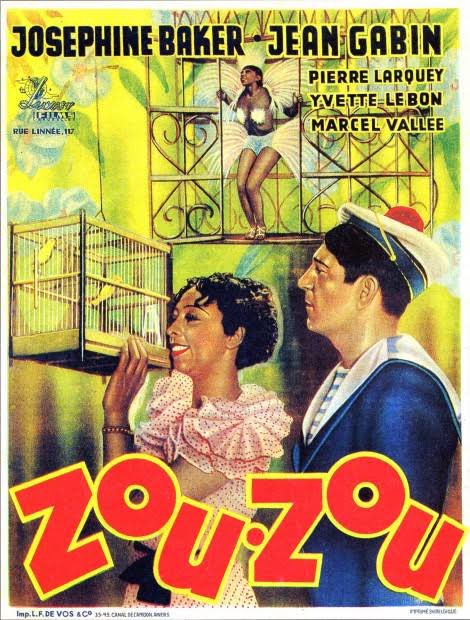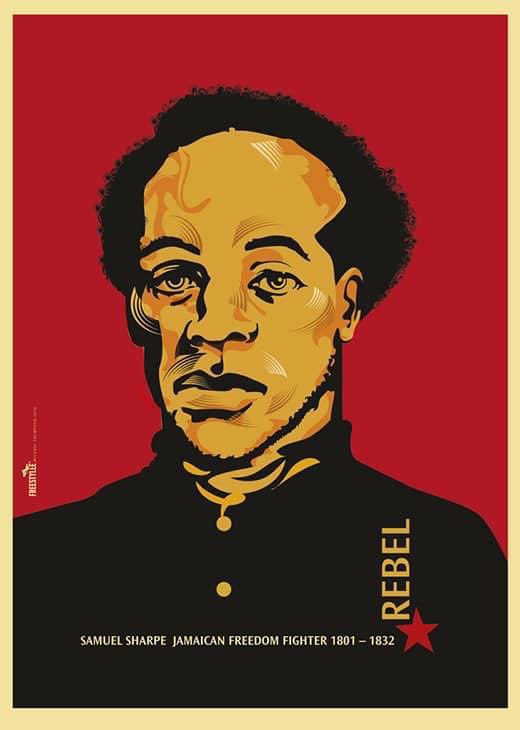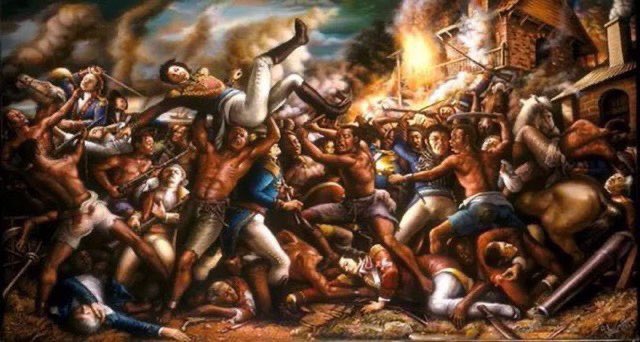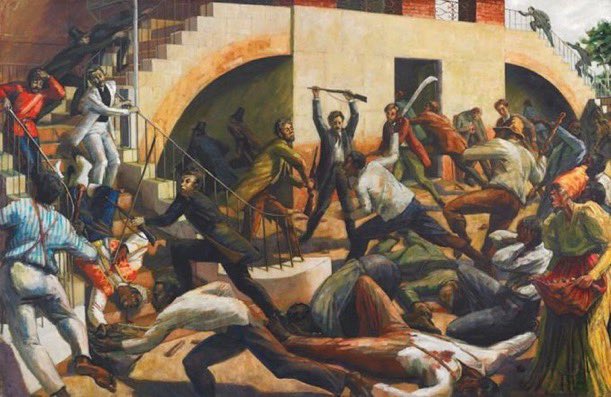Eatonville was the first all-Black city that was incorporated in Florida in 1887, located 6 miles north of Orlando.
It's the oldest black incorporated municipality in the U.S. It is the first town successfully established by African American freedmen.
THREAD!

It's the oldest black incorporated municipality in the U.S. It is the first town successfully established by African American freedmen.
THREAD!
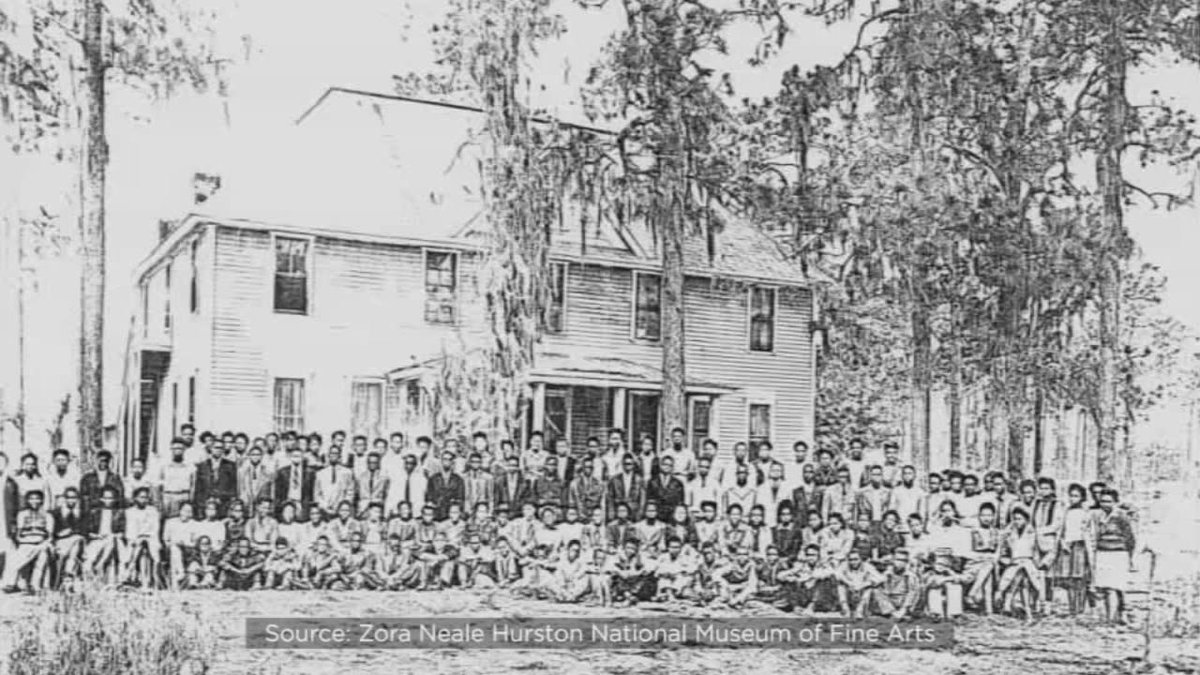

The founding of this town stands as an enormous achievement for once enslaved black men and women. Having to live life being considered inferior to the white majority, African Americans finally found some freedom for themselves in Eatonville. 

The town is the childhood home of Zora Neale Hurston, the most famous writer of the Harlem Renaissance she described it in 1935: "the city of five lakes, three croquet courts, 300 brown skins, 300 good swimmers, plenty guavas, two schools and no jailhouse." . 

.In an 1889 article on the front page of The Eatonville Speaker, the headline read "Colored people of the United States: solve the great race problem by securing a home in Eatonville, Florida, a Negro city governed by Negroes." 

Eatonville was sold as an operational and affordable all-black utopia, a working alternative for freedmen living in more oppressive communities throughout the South. 

It was promoted as, "... an incorporated city of two and three hundred population with a Mayor, Board of Aldermen, and all the necessary adjuncts of a full fledged city, not a white family in the whole city.
• • •
Missing some Tweet in this thread? You can try to
force a refresh





